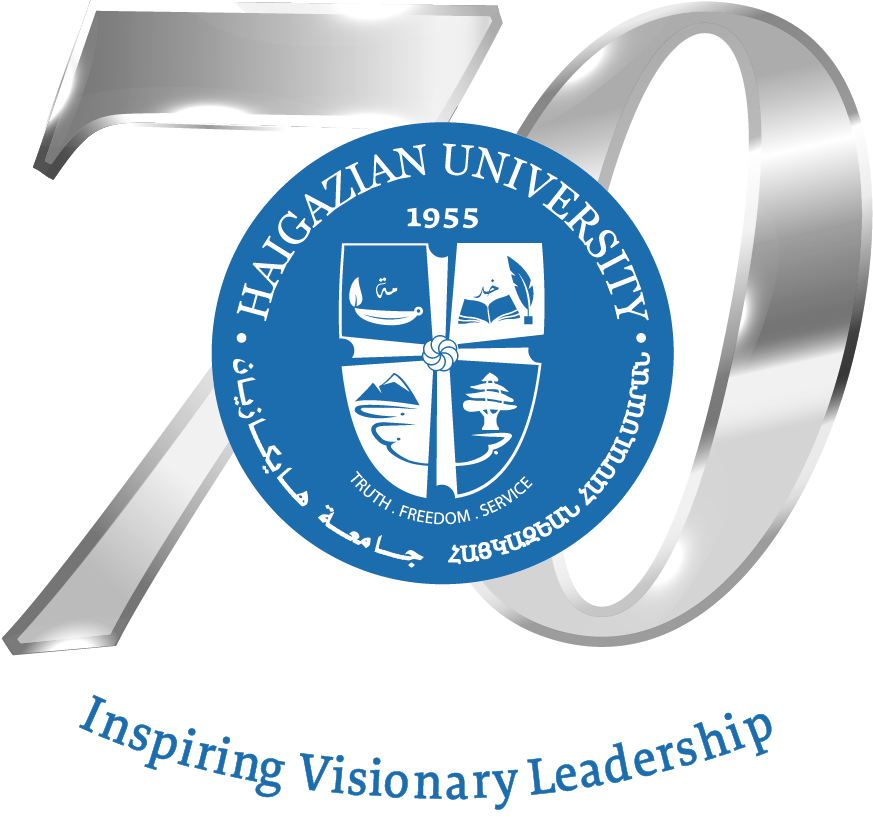History
The Haigazian University Libraries consist of the Barsumian Library and the Derian Armenological Library. The Barsumian Library is named in honor of judge Nazareth Barsumian; while, the Derian Library is named after Henry and Anahis Derian, in gratitude for their magnanimous support to the university.
The libraries were started in 1955 in the Stephen Philibosian Student Center, a ten-room house converted for college use. Rev. Dikran Kherlopian, professor of Armenian Studies and first Head of the Armenian Department, had started a fine collection of Armenian books housed in his office.
In 1965, both libraries moved to the newly added seven-storey Mehagian Building. The Armenian library was placed in a very spacious classroom on the second floor and the English library on the third floor. A few years later, as the number of Armenian books increased, the Armenian library was transferred to the Stephen Philibosian Student Center’s third floor, which was specially designed for this purpose.
Over the years both collections were expanded and in 1972 were moved to the second and third floors of the newly acquired Mugar Building. In 1985, the libraries, along with the College, moved to East Beirut for security reasons and were temporarily located in the Bethania Building, Mar Mikhael. In 1987, the libraries moved to the former Christian Medical Center in Ashrafieh, where the collections were miraculously preserved intact during the shelling of the area.
With the return of peace and security to Lebanon, Haigazian University returned to the campus in Kantari during the fall of 1997, and the libraries went back to their former locations in the Mugar Building.
Mission
Both libraries attempt to satisfy the scholarly aspirations, objectives and general inquisitiveness of students, faculty, staff, and other users. The Barsumian Library aims at supporting and supplementing the general curriculum of the university, while the Derian Armenological Library assists students, authors, editors, publishers, and intellectuals by providing relevant sources for their researches of Armenian interests.
Collections
Both libraries hold a wide collection of books, microfilms, microfiches and other audiovisual materials, as well as many online databases.
- The Barsumian Library contains around 46,000 volumes including about 4,900 volumes of bound periodicals
- The Derian Library contains a collection of around 42,000 volumes, including about 6,700 volumes of bound periodicals. Derian is considered to contain one of the richest collections among libraries in the Armenian Diaspora.

